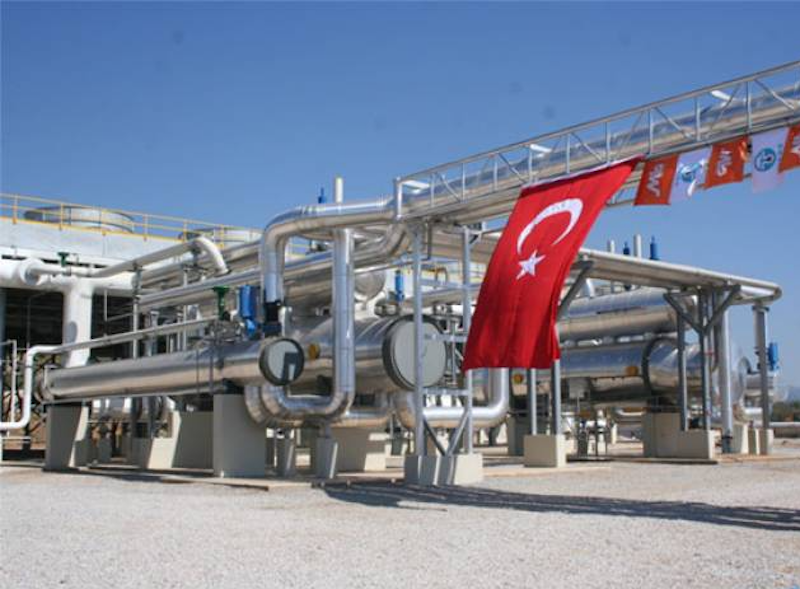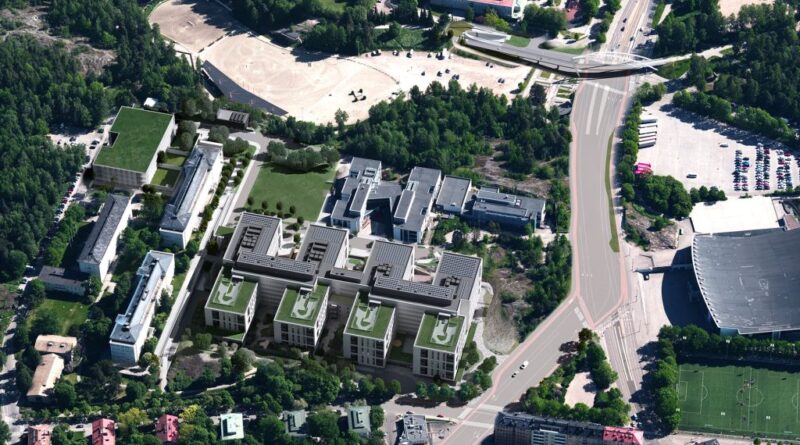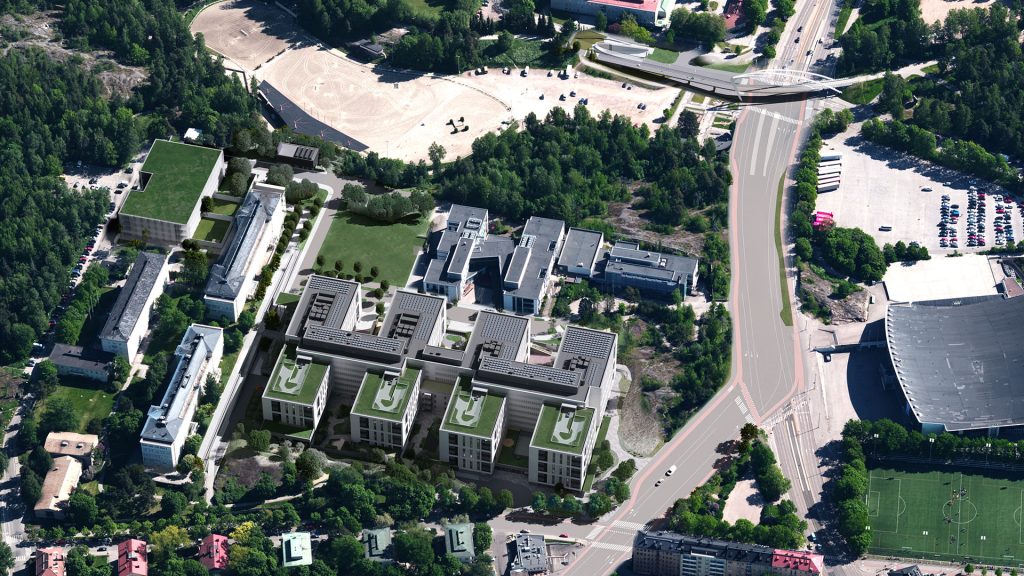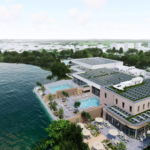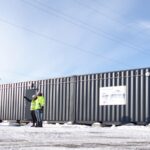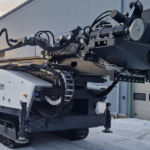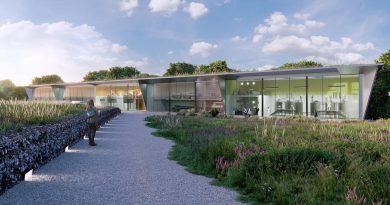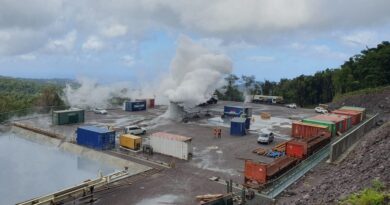Geothermal wells to be drilled at the Laakso Joint Hospital in Finland
Energy Disrupter
Up to three geothermal wells for heating will be drilled at the site of the Laakso Joint Hospital in Finland starting spring 2025.
Laakso Joint Hospital has signed an agreement for the drilling and end-to-end delivery of a geothermal well for heating with Hanjin D&B (Drilling & Boring). Drilling of the first well begin by spring 2025. If the first well is successful, two similar wells will be ordered under the same agreement.
The target depth for the wells will be 3000 to 35000 meters. In addition to the drilling work, the contractor will deliver the well design, test runs, and training for the client’s representatives. The total value of the agreement is EUR 14.5 million, of which the first well accounts for EUR 5.9 million and the next two wells for EUR 4.3 million each.
Hanjin D&B will drill the geothermal well using its water hammer drilling technology. The wells will be located next to the hospital area at Laakso’s field. Heat from the wells will be led to the hospital’s technical facilities, where the necessary equipment, including heat pumps and exchangers are located. This equipment will transfer the geothermal heat to the hospital’s local district heating.
For a long time, the Laakso Joint Hospital project has studied a variety of possibilities to use geothermal energy as part of the hospital’s heat production. The aim was to find the most ecological way to drill hard granite safely and to prevent the gaps and cracks on the rock surface from being filled with drilling sludge.
The water hammer drilling technology developed by South Korean Hanjin D&B is particularly suitable for this purpose. Once successfully completed, it will be one of the deepest geothermal wells to have been drilled in Finland to date, and the deepest drilled with a water hammer technology in Europe.
“Geothermal wells are ideal for a densely built city — a deep well doesn’t take up space and it generates an unsurpassed amount of local environmentally friendly energy compared to commonly used geothermal heating. As with any new technology, it does involve risks, of course, with regard to issues such as bedrock quality at great depths and the heat production capacity of the completed well. These risks will be managed under the agreement,” said Sari Hildén, Chair of the Board of real estate company Laakso Joint Hospital.
“The benefits of the project, if implemented successfully, will be so significant that both owners of the Laakso Joint Hospital project — the City of Helsinki and HUS — are ready to back it.”
The Laakso Hospital area is being rebuilt by the City of Helsinki and the HUS. The area will be built up in phases from 2022 to 2030.
Source: Laakson yhteissairaala

